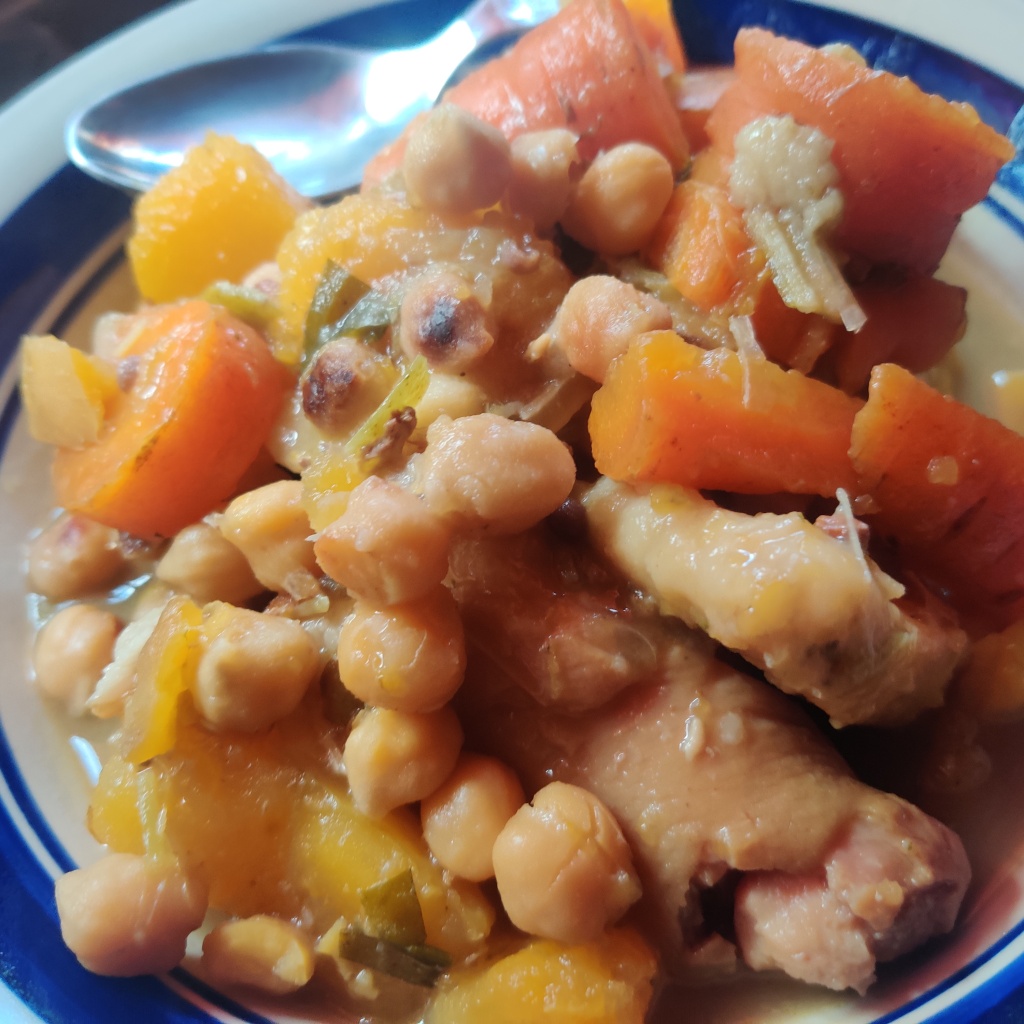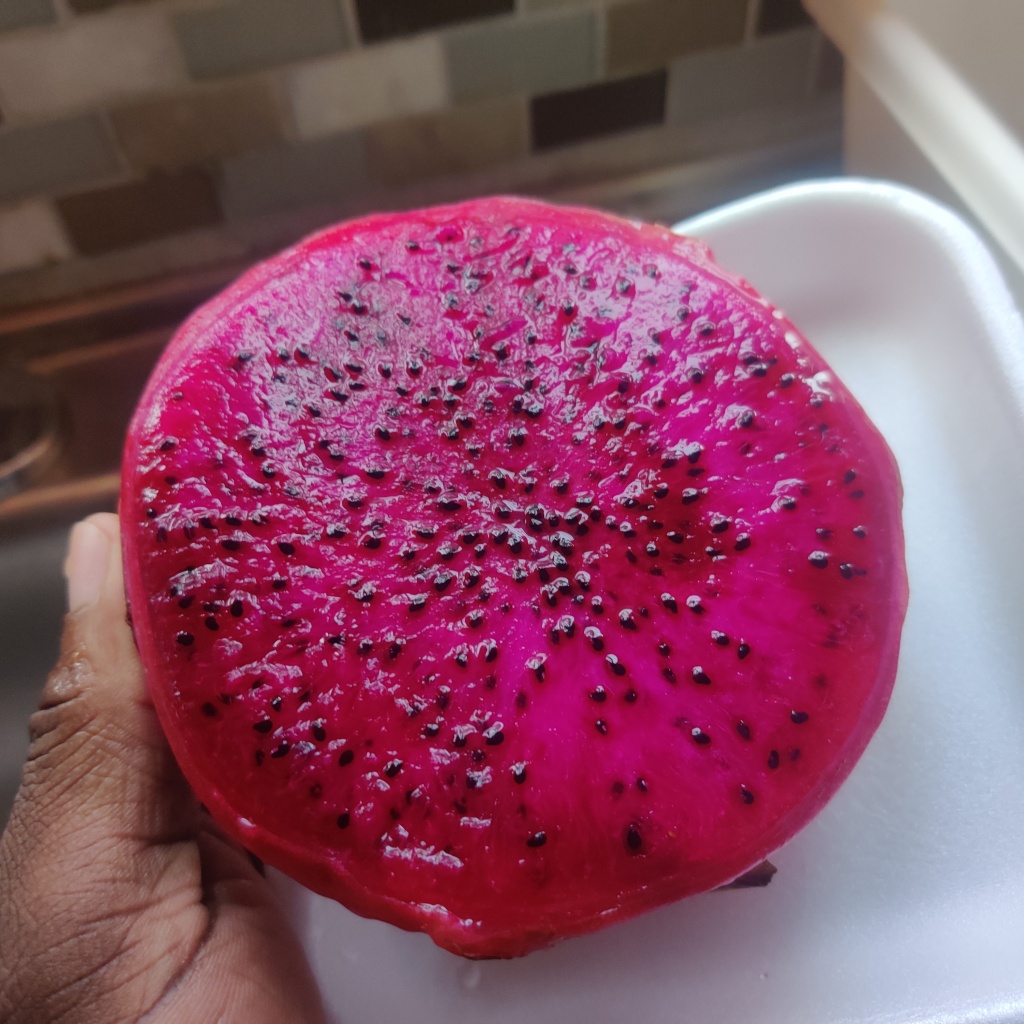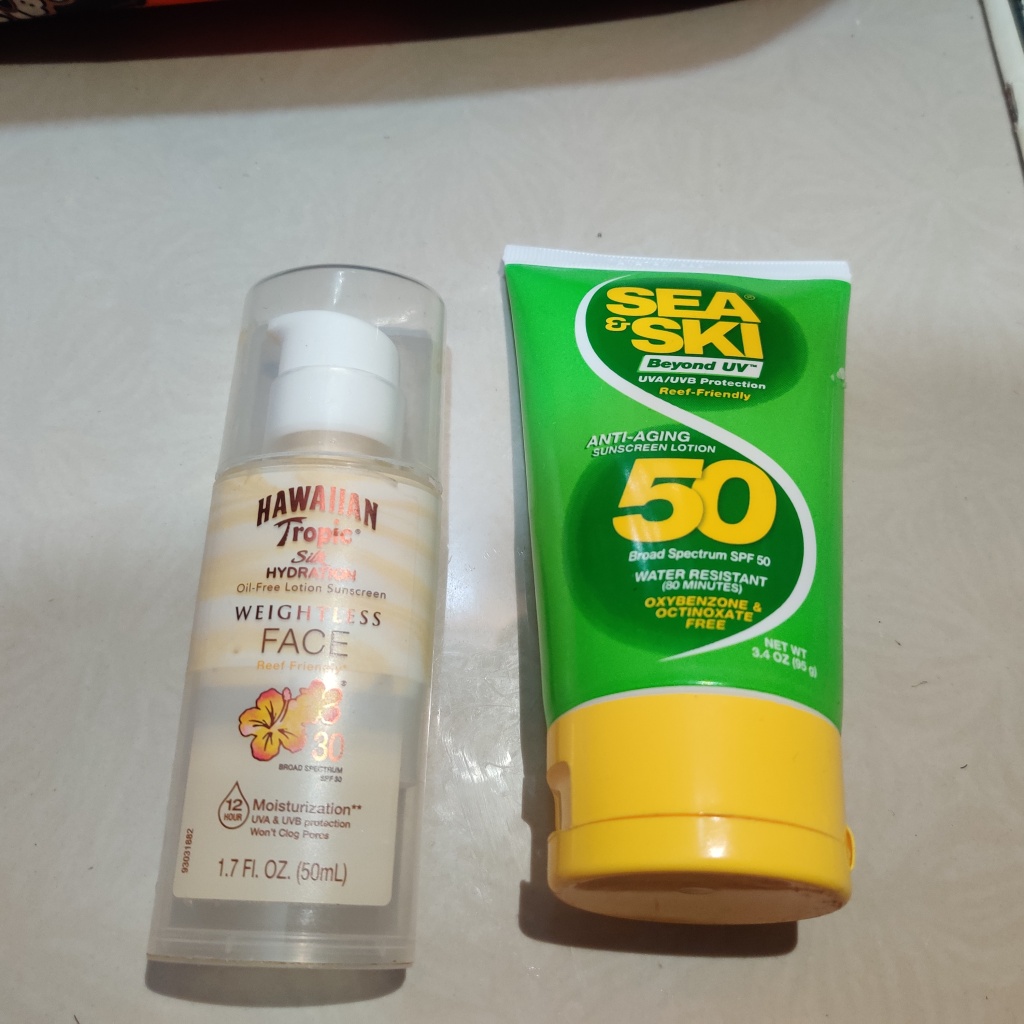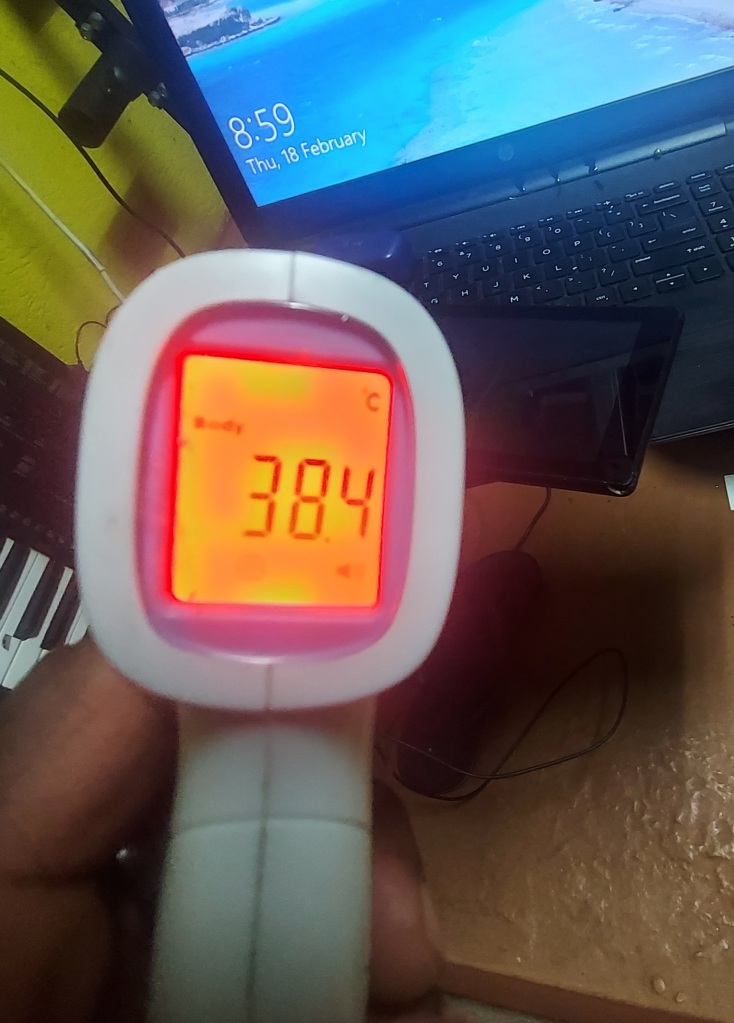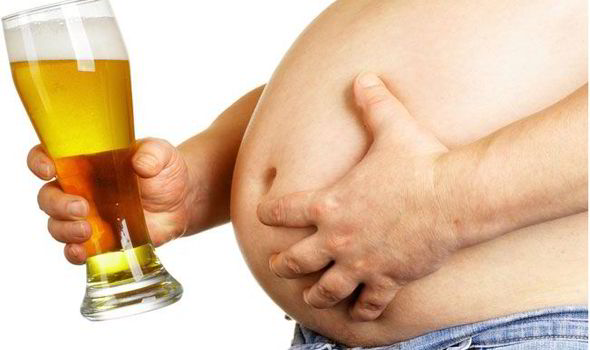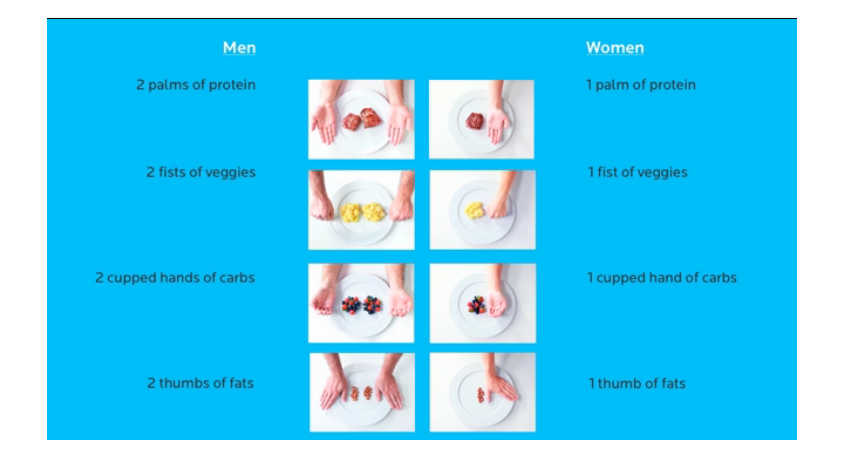Stardate: 13th November, 2019.
Hi.
So… Do you want to get really ripped? Do you want to improve your health, gut health, cognitive capacity, sleep quality, your glucose tolerance… and would you like those aches and pains that seem to increase from year to year, to decrease?
Naw… I’m not trying to sell you a miracle supplement. What I *would* like to introduce you to though, is optimised intermittent fasting.
As many of you would know:
I’ve spent the last decade playing with (and optimising) keto dieting and intermittent fasting. To be fair, there are a plethora of variants and ways to undertake either… and, plausibly, an equal number of ways of combining them both, for equally numerous purposes.
(And I know that this basically just sounds like blahblahblahdeblah
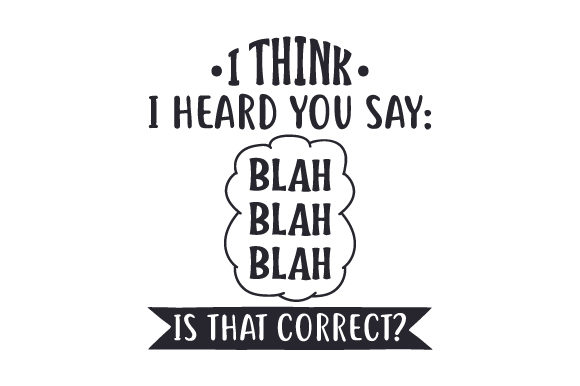
..lollll – but bear with me.
btw: if you’re not interested in studies etc., skip straight to the end lol. This is gonna be a long one.)
What is intermittent Fasting?
Intermittent fasting is actually a broadddd term which basically involves juxtaposing a non-eating (i.e. caloric/energy restriction) window with an eating window. That non-eating window can be 12 hours, 16 hours, 18 hours, 24 hours, 36 hours, every other day, 1-2 days out of every weekend… Like, literally: SO many plausible variations exist. And, they’re each useful, for different reasons.
Likewise, some disciples like a 4 hour feeding/eating window; whereas some like 6, or 8 hours. Some prefer to fast one day and eat ‘normally’ on the following day. Again, there are so very many ways to approach the process. Each one works for a specific population. And, importantly: no way is more right than the other.
Fasting may accelerate fat loss (via improved insulin sensitivity and other factors), improve metabolic and cardiovascular health. It may also aide in resetting the immune system, and accelerating the healing of injuries.
For me, personally, I’ve used it for all of the above purposes… But, today, I’m going to going in to detail about the variant that’s yielded the greatest success for me… for health, pain and inflammation reduction, fat-loss. You name it.
That variation? A very small eating window: Abysmally small really – one meal per day.
This practice is commonly known as OMAD ( – which literally means ‘One Meal A Day’); and, to improve the efficacy, I usually stay in ketosis for 5-6 days per week.
Yea: Keto dieting is awesome. Intermittent fasting on its own is awesome too. The two combined?
Fat-loss overload!
I’ve digressed however:
What is OMAD? Why OMAD? HOW OMAD?!
OMAD is literally the practice of eating one meal per day. As a norm, I fast for 18-22 hours on a daily basis. During the fasted window, I do steady state cardio and maybe a resistance workout, to mobilise and burn fatty acids. The workouts are secondary though: an adjuvant to the main event – autophagy.
Autophagy is the body’s way of stripping and discarding damaged cells. This process signals growth and repair (-more accurately: autophagy is the breakdown of old tissue; meanwhile the fasted state signals the release of growth hormone, which catalyses the creation of new tissue). I’d started optimising my intermittent fasts for specifically this reason: so as to accelerate the healing of some niggling injuries. For this purpose, I take in quite a few supplements during the fasted window: to assist with autophagy, as well as to decrease systemic inflammation.
And… At the end of the window, I have a meal packed with protein, and a lot of vegetables. I allow some hours to pass prior to falling asleep, so as to facilitate digestion. And then repeat the process the next day.
Supplements? This has got to be some fancyyyy Shit!
Naw.
Basic AF. (lol)
For one, I use a lot of teas:
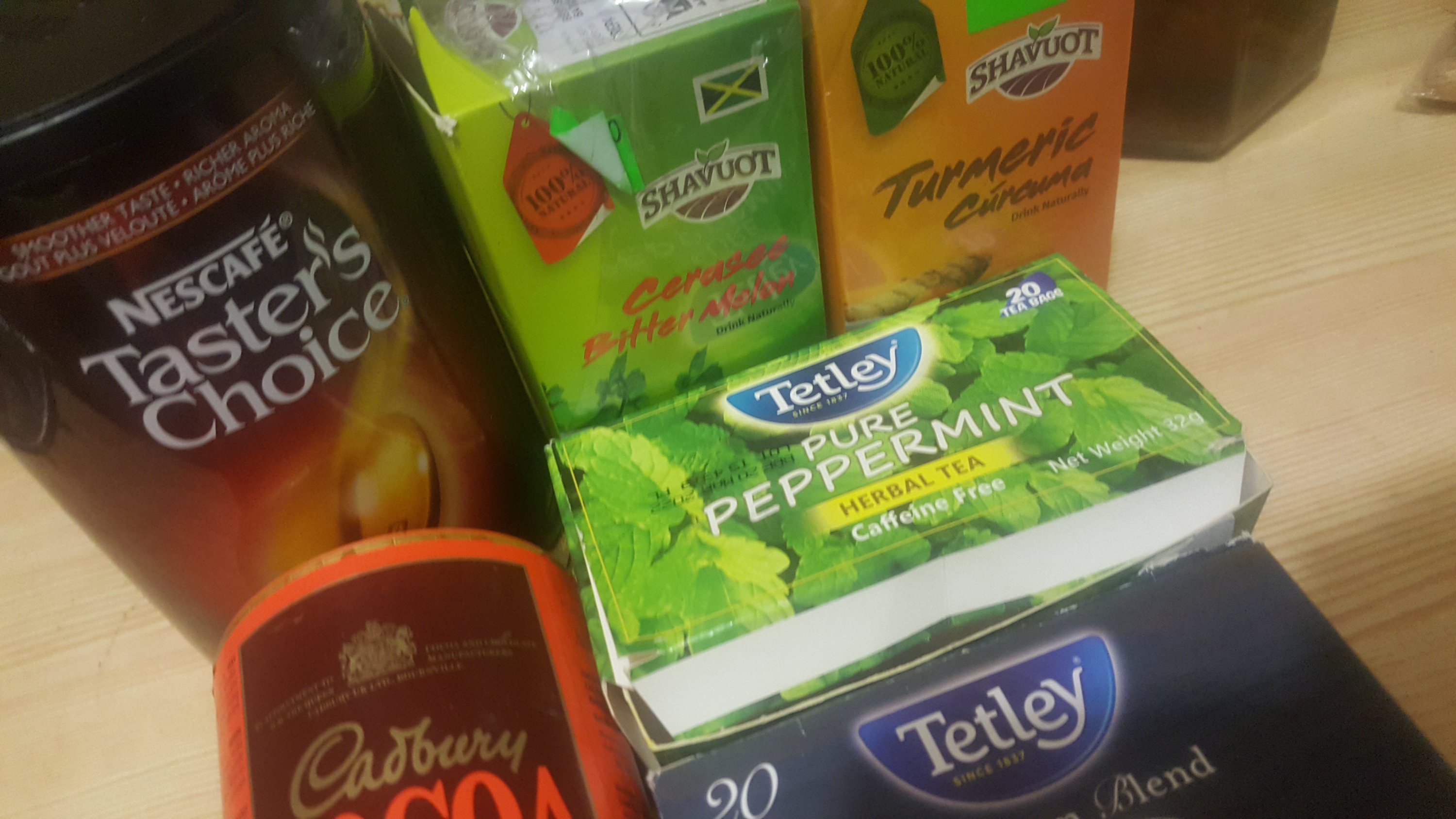
Cerasee: “aka cer-see bush”
Cerasee, aka ‘ser-see bush’ (or any other myriad of alternate spellings), has long held a revered place in Caribbean medicinal folklore. It’s been used for everything from detoxing to diabetes. Research has shown that it may be effective in improving glucose disposal, improving blood sugar control[1]… which makes it a serious aide in addressing the metabolic damage many of us have done via the overconsumption of carbohydrates and sugar.
Coffee/Tea:
The caffeine component of coffee and tea has been shown to increase autophagy in skeletal musculature.[2] Also, caffeine and the polyphenols found in either beverage, help increase fatty acid mobilisation/release/burning… so you can burn more fat. To capitalise on this, I have my clients take walks during the fasted window. It’s a win-win!
NB: I drink cocoa as well… but sparingly, as it’s not purely non-caloric. Cocoa is rich in polyphenols which may improve heart health, lower blood pressure, and improve blood flow to the brain. It’s also much lower in caffeine than coffee or tea, so its inclusion may be better for those who are caffeine-sensitive, or sensitive to stimulants in general.
Turmeric:
Turmeric contains a natural anti-inflammatory compound called curcumin… which has been shown to be pretty effing effective, even when compared alongside pharmaceutical-grade non-steroidal anti-inflammatory drugs.[3][4][5] Cheap. Available without prescription. Low in side effects. High in potential other effects (improved brain function, decreased heart disease risk. Why wouldn’t you want to use it?
I also use a bunch of enzymes and substrates:

Chromium Polynicotinate – Glucose sensitizing aide: Lowers blood sugar; Lowers blood lipids and cholesterol; may improve lean tissue accrual. [6] I’ve been using Chromium since my teenaged bodybuilding days. I honestly think I’ll use it for the rest of my life.
Resveratrol – This SUPER-compound has been shown to have a plethora of beneficial systemic effects.[7] [8] It’s cardio-protective (i.e. good for the heart), may have anti-cancer effects, and may aide in blood sugar control. The compound has also been shown effective against systemic inflammation. Hypothetical discussions have also been raised about it potential for increasing testosterone (or, rather, at decreasing the rate of estrogen to testosterone conversion, via the inhibition of the aromatase enzyme). Why does that matter?
Well: improved glucose tolerance + decreased systemic inflammation + increased testosterone + decreased estrogen may equat to significantly improved body composition.
Hypothetical discussions aside: Resveratrol is still SUPER-HOT. Trust me on this. 🙂
Systemic Proteolytic Enzyme Therapy:
Ok… If you’ve known/followed me for a while, you know that these enyzmes are the main supplements I use.
Bromelain, Nattokinase, Serrapeptase: These enzymes are called ‘Proteolytic’… which basically means ‘protein-digesting’. Why does this matter? Well, systemic proteolytic enzymes basically break down any rogue proteins in the body that don’t serve any purpose. We’re talking scar tissue, blockages, viral sheaths, inflammatory processes and the like. They basically strip it down… and this process greatly aides/biohacks the process of autophagy.
I won’t go any further on this topic, so as to not go too far off track. Here’s some reading material if you’re interested in learning more though. 😉
Honourable mention:
Tauroursodeoxycholic Acid (aka TUDCA): – is a bile salt. Not exciting-sounding, I know. But, it can decrease intestinal inflammation *And* improve the absorption of fats… both of which are important factors in both keto-dieting, and intermittent fasting.
But what about supplements that supposedly stop muscle loss etc?!
I’ll be honest… Most of it is a sham. Most of the marketing plays into our insecurities, over losing the muscle we’ve struggled so hard to get. Fasting done right, will not cause you to piss away your hard-earned, metabolism-controlling muscle.
Further… some of the muscle-retention supplements people try to add, will break and negate your attempts at fasting. Glutamine, for example… is glucogenic/Gluconeogic… which is science-y speak for ‘will convert to glucose…and thereby will spike blood sugar’… thus breaking your fast.
BCAAs, an athlete mainstay, include the amino acide Leucine… which is a super-potent insulin secretagogue. What does this mean? This means it’s capable of inducing the secretion of insulin in the absence of carbohydrates. In a nutshell, it signals the release of ‘fed/feeding’ hormones, when you’re supposed to be in an unfed state…thus halting the benefits accrued from being unfed. Athletes should be cognizant of this, as many have been advised to supplement this supplement between meals to ‘keep the gains coming’… when the reality is, they’re really blunting their glucose response, and lowering subsequent insulin sensitivity. i.e. making themselves fatter, more broke, humans. [9] I’ve digressed however.
Let’s pull it all together – Here’s my typical OMAD Day:
(NB: I’m going to list some other stufff not listed in this article, for transparency)
Upon waking (4 a.m.): Water, Cerasee/Turmeric Tea, DHEA, Pregnenolone, Probiotics.
5 am.: Coffee, Aspirin, Bromelain, Serrapeptase, Nattokinase, Turmeric (or other naturaly anti-inflammatory)
7 a.m.: Water
9 a.m-12 p.m.: Water/Coffee intermittently. Sometimes I hit the gym around 10 a.m.
3 p.m. water
5 p.m. – water, tea/coffee… possibly a fat-burner (rarely)
6 p.m. – water. I may work out here, during the bootcamp class I teach thrice per week.
8 p.m. – I take in Protein (usually pork, lamb, or steak… rarely chicken or fish), Supplemental or dietary fat, Vegetables, and all other supplements at this time.
Pre-bed: Melatonin (rarely)
…And that’s OMAD in a nutshell.
Tell your abs I said hello. 🙂
Yours in fitness,
– Corey Springer
Apollo Fitness Barbados
http://www.GetNarked.net/forum
p.s. It’s been an interesting year for fat-loss. I haven’t written much (outside of these super-random fat-loss brainfarts: Super Secret Fat-loss Jutsu | The 3 Keys to Fat-loss success | How I’m using my love language to lose weight ), I know! Do forgive my absence. 🙂 I’ve been refining and field-testing some stuff.
References:
1. Bailey CJ, Day C, Turner SL, Leatherdale BA. “Cerasee, a traditional treatment for diabetes. Studies in normal and streptozotocin diabetic mice.” Diabetes Res. 1985 Mar;2(2):81-4.
2. Matthew et. al. “Caffeine promotes autophagy in skeletal muscle cells by increasing the calcium-dependent activation of AMP-activated protein kinase.” Biochem Biophys Res Commun. 2014 Oct 24;453(3):411-8. doi: 10.1016/j.bbrc.2014.09.094. Epub 2014 Sep 28.
3. Jurenka. “Anti-inflammatory properties of curcumin, a major constituent of Curcuma longa: a review of preclinical and clinical research.” Altern Med Rev. 2009 Jun;14(2):141-53.
4. Lal et. al. “Efficacy of curcumin in the management of chronic anterior uveitis.” Phytother Res. 1999 Jun;13(4):318-22.
5. Takada Y, Bhardwaj A, Potdar P, Aggarwal BB. “Nonsteroidal anti-inflammatory agents differ in their ability to suppress NF-kappaB activation, inhibition of expression of cyclooxygenase-2 and cyclin D1, and abrogation of tumor cell proliferation.” Oncogene. 2004 Dec 9;23(57):9247-58.
6. Albarracin CA, Fuqua BC, Evans JL, Goldfine ID. “Chromium picolinate and biotin combination improves glucose metabolism in treated, uncontrolled overweight to obese patients with type 2 diabetes.” Alpha Therapy Center, 4626 Weber Road, Suite 100, Corpus Christi, TX 78411, USA.
7. Kuršvietienė et. al. “Multiplicity of effects and health benefits of resveratrol.” Medicina (Kaunas). 2016;52(3):148-55. doi: 10.1016/j.medici.2016.03.003. Epub 2016 Apr 7.
8. Mostafa Rezaei-Tavirani. “Resveratrol: A miraculous natural compound for diseases treatment,” Food Science and Nutrition, 26 October 2018.
9. Yoon. “The Emerging Role of Branched-Chain Amino Acids in Insulin Resistance and Metabolism.” Nutrients. 2016 Jul 1;8(7). pii: E405. doi: 10.3390/nu8070405.



